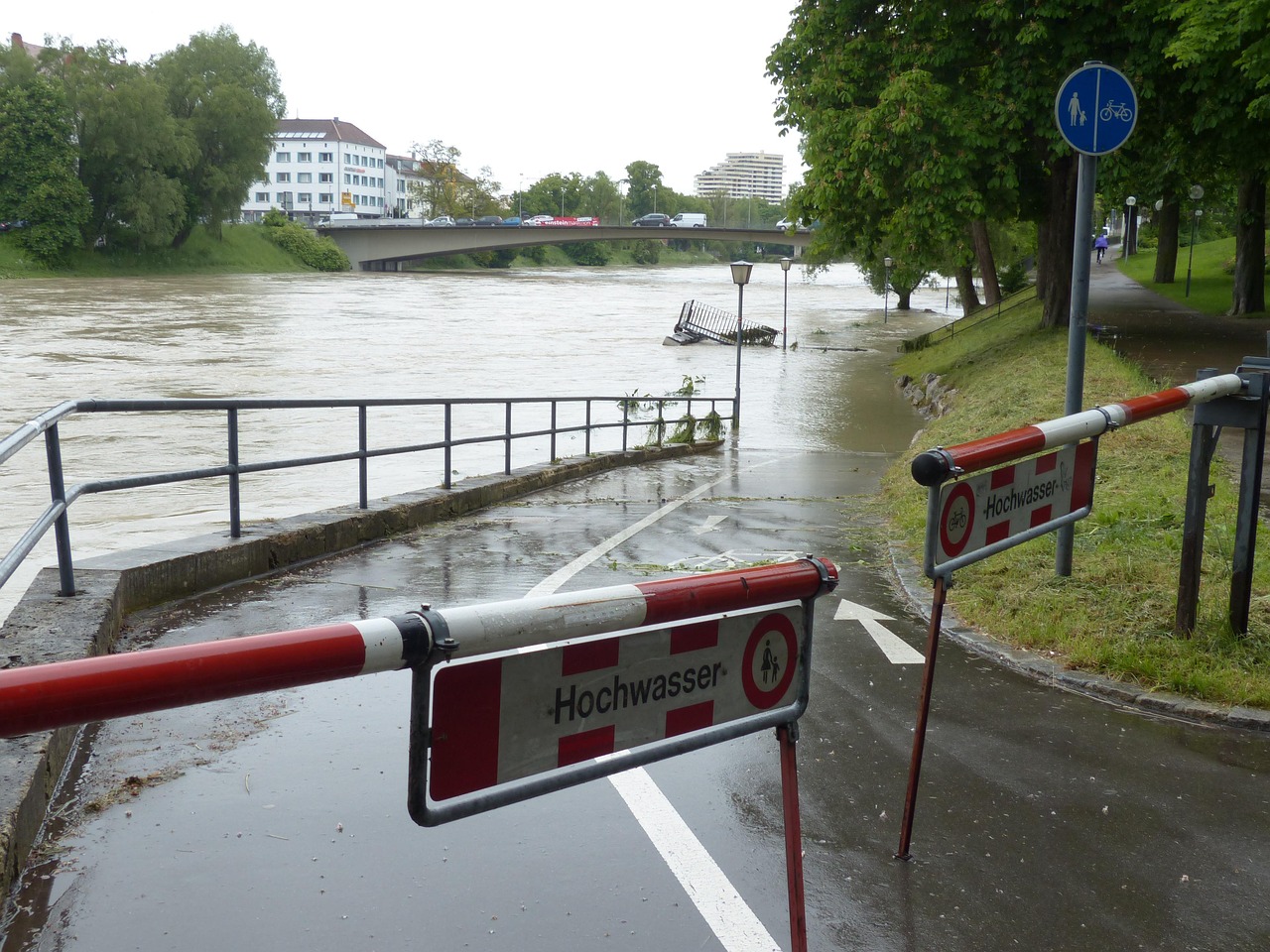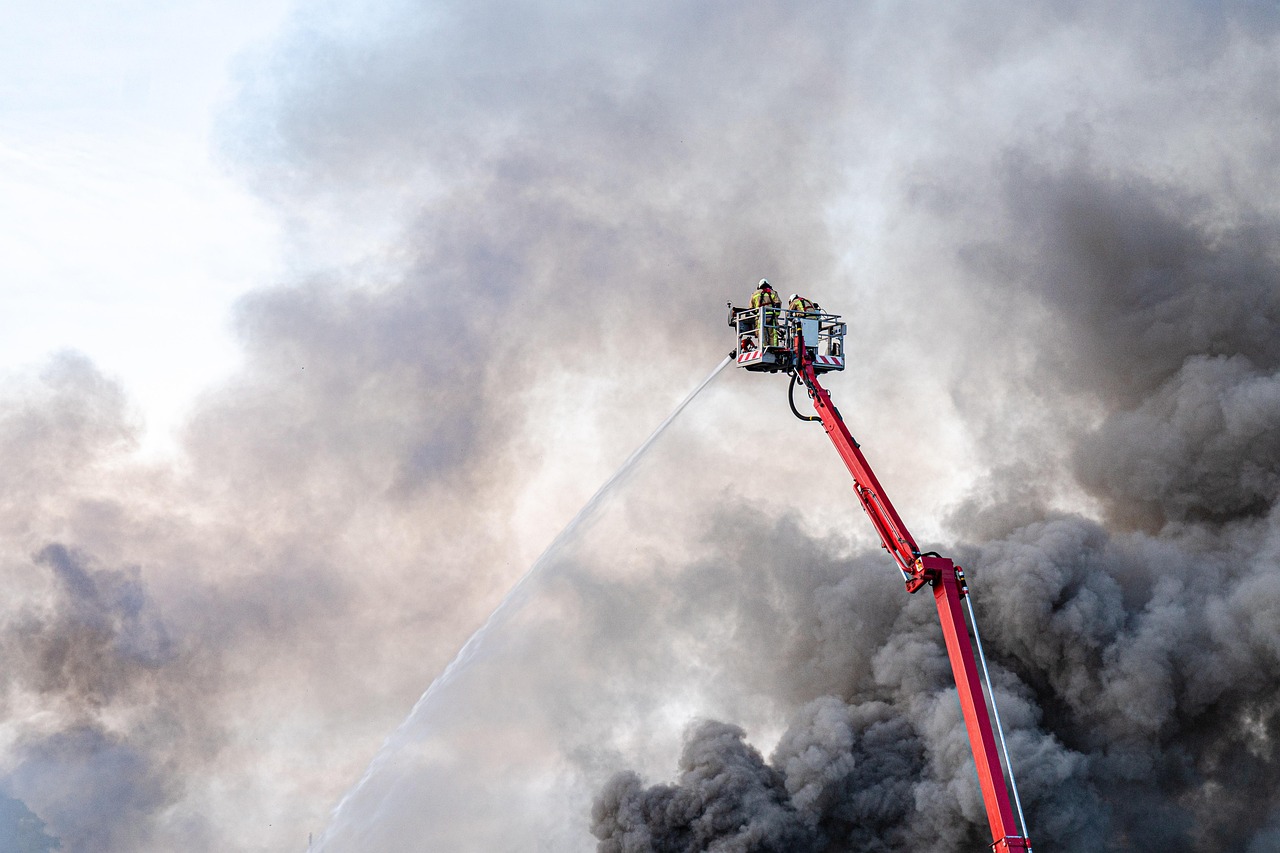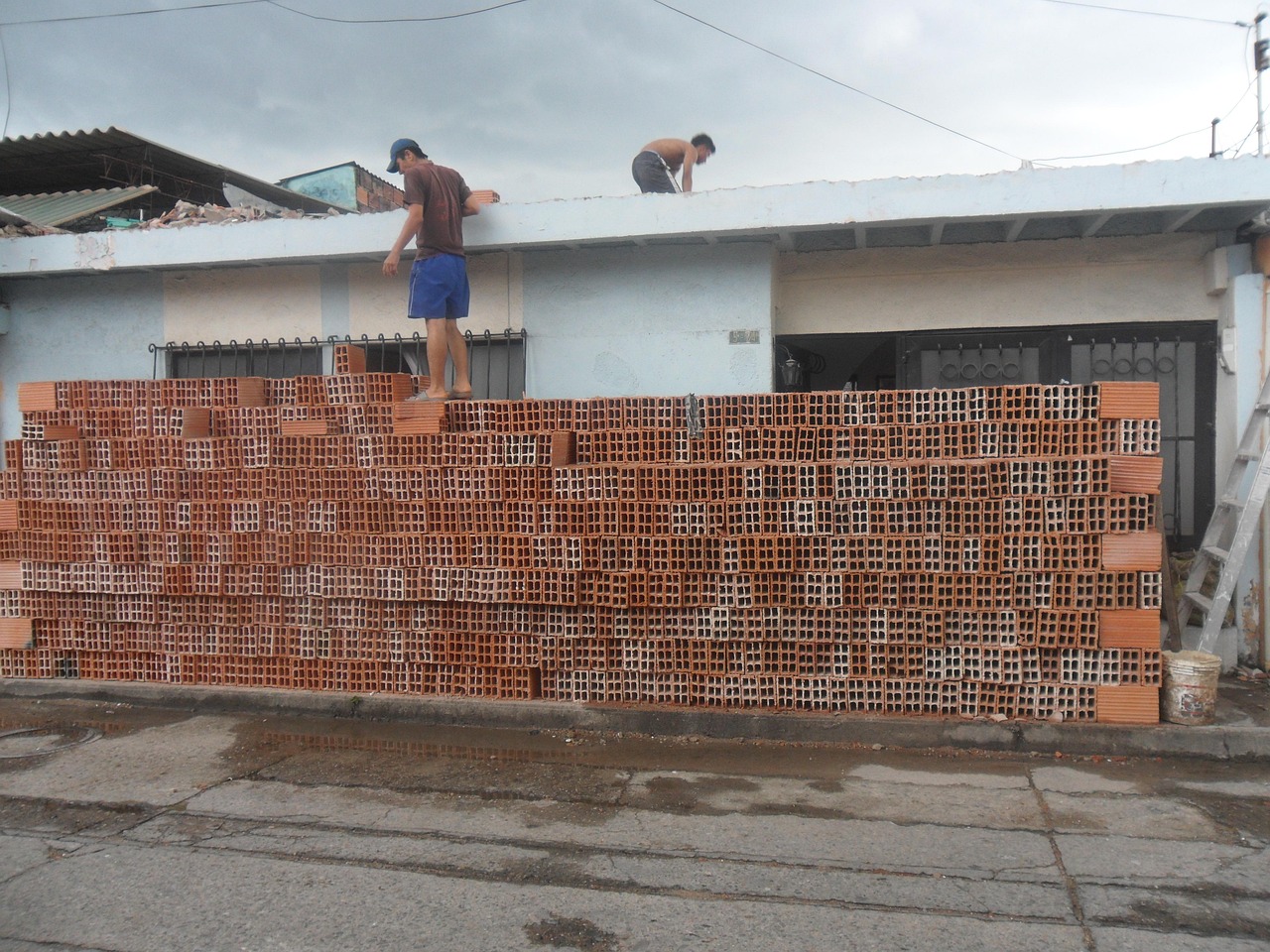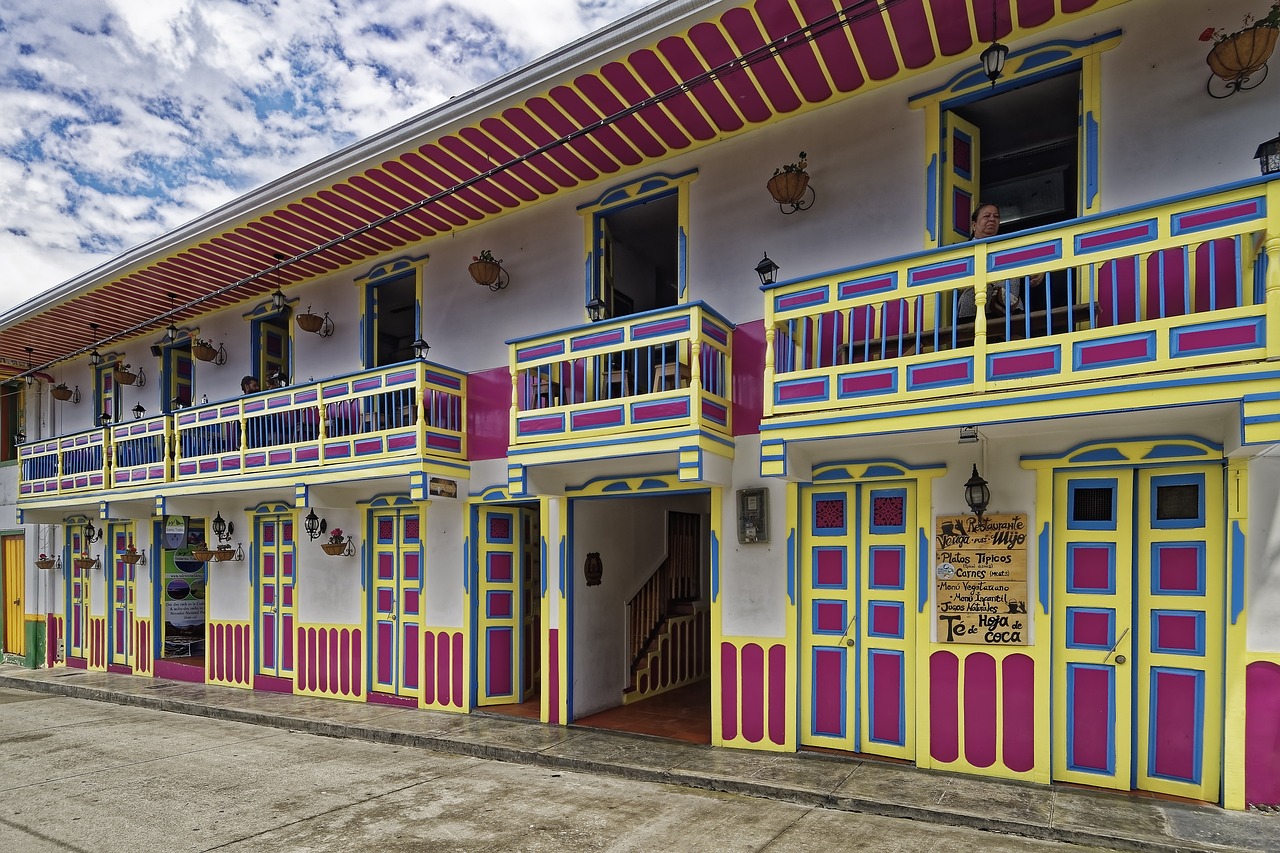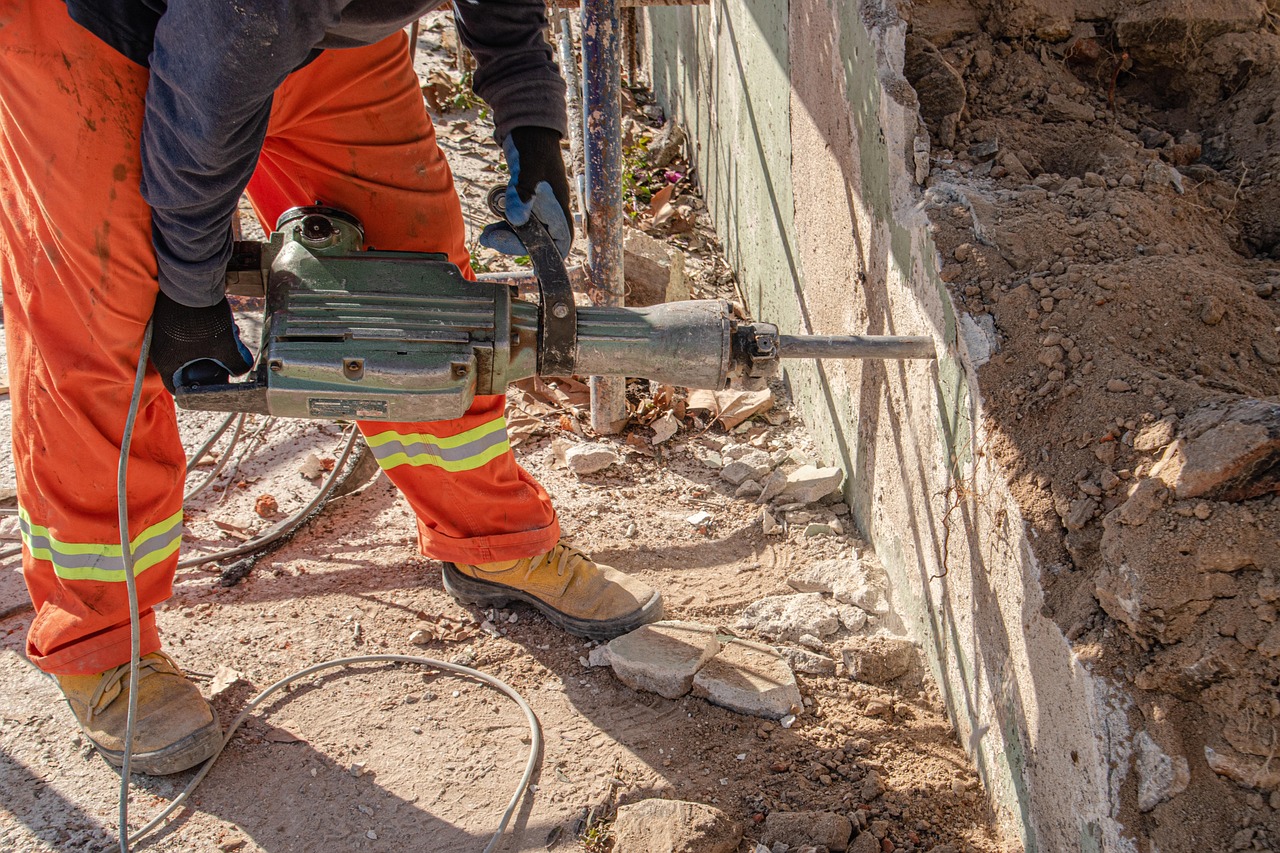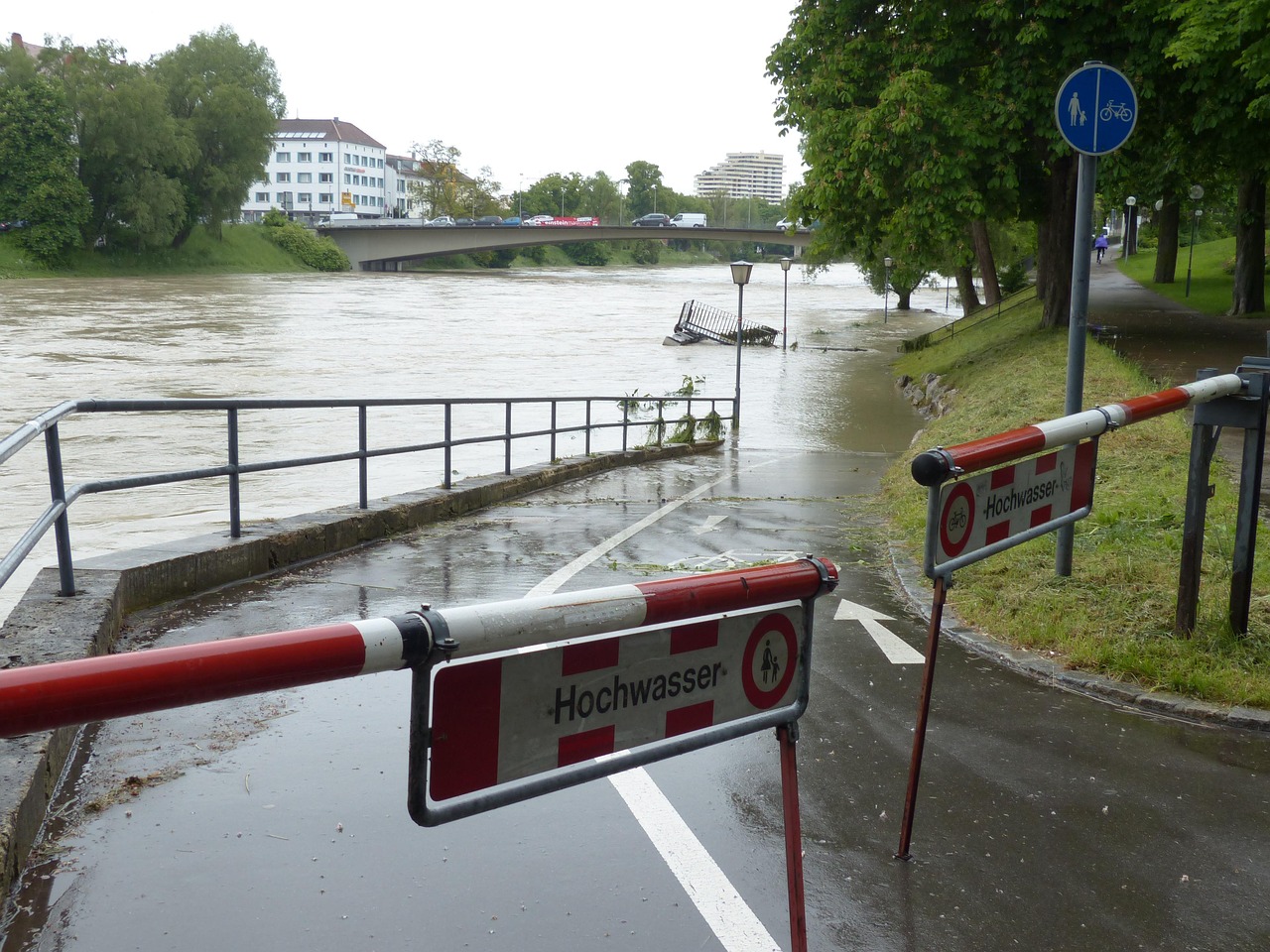
Regulators Loosen Flood Map.
Federal regulators eased flood risk oversight by approving appeals that removed Camp Mystic’s buildings from FEMA flood maps, weakening floodplain management before a deadly flood struck.
Federal Regulators Loosened Flood Oversight Before Tragedy
The key point is that federal regulators repeatedly granted appeals to remove Camp Mystic’s buildings from the 100-year flood hazard map, reducing oversight as the camp expanded in a known flood plain prior to a devastating flood that claimed at least 27 lives. The Federal Emergency Management Agency designated Camp Mystic’s location in Kerr County, Texas, as a Special Flood Hazard Area in 2011, requiring flood insurance and stricter construction rules. However, over the following decade, FEMA approved appeals that exempted many camp buildings from this designation, weakening regulatory protections despite the camp’s location in a flood-prone region known as flash flood alley along the Guadalupe River.
FEMA Amended Flood Maps in 2013 and Later Years
In 2013, FEMA amended Kerr County’s flood map to remove 15 buildings from Camp Mystic Guadalupe, the original site devastated by the flood. Additional appeals in 2019 and 2020 resulted in 15 more structures at the nearby Camp Mystic Cypress Lake being removed from the flood hazard zone. These exemptions likely aimed to avoid mandatory flood insurance, lower insurance costs, or ease construction regulations. Experts note that such appeals are common and FEMA approves approximately 90% of them, often favoring wealthier property owners with newer buildings, as shown in a 2021 study analyzing over 20, 000 amended properties.
Camp Mystic’s Expansion Ignored Ongoing Flood Risks
Despite FEMA’s warnings that future construction would remain subject to floodplain regulations, Kerr County officials allowed Camp Mystic to expand significantly. The expansion included new cabins, a dining hall, chapel, and recreational facilities. By July 2, 2025, the camp hosted 557 campers and over 100 staff across two sites. The camp owners cited the “tremendous success” of the original site as justification for growth. However, this expansion occurred in a hazardous floodplain without adequate adjustments for the growing flood risk, exposing more individuals to danger.
Flood Was
Flood Was Far More Severe Than FEMA’s 100-Year Standard. The July 4 flood was far worse than the 100-year flood event FEMA’s maps anticipated. The floodwaters surged rapidly overnight, overwhelming the camp and catching many residents off guard in a county lacking a flood warning system. The flood’s severity exceeded the 1% annual chance flood FEMA’s maps are designed to represent. Experts and climate scientists note that FEMA’s flood insurance maps tend to underestimate risks, especially because they do not fully account for heavy rainfall impacts on smaller waterways like creeks and streams, which are significant in this region.
Independent Data Show Greater Flood Risks Than FEMA Maps
An analysis by First Street, a data science company specializing in climate risk, found that nearly all structures at Camp Mystic Guadalupe lie within a 100-year flood risk zone when accounting for heavy precipitation and runoff. Similarly, the Cypress Lake site, although farther from the Guadalupe River, is adjacent to Cypress Creek, which FEMA does not consider a flood risk. First Street’s model, however, places most of the Cypress Lake site within a flood risk area during a 100-year event, highlighting discrepancies between FEMA’s official maps and more comprehensive climate risk assessments.
Appeals Process
Appeals Process May Favor Wealthy and Well-Connected Interests. The process to amend FEMA’s flood maps requires property owners to hire engineers for detailed studies, a “pretty arduous process” according to floodplain experts. Sarah Pralle, an associate professor who studies FEMA flood map designations, emphasized that many exemptions occur where property values are higher and demographics lean toward wealthier, predominantly white communities. Her research found that 90% of map amendment requests are approved, suggesting systemic biases in who can successfully challenge flood hazard designations.
FEMA’s Response and Limitations of Flood Maps
FEMA has downplayed the significance of the amendments, stating that flood maps are “snapshots in time” intended to show minimum standards rather than predict actual flooding locations or histories. This defense highlights the inherent limits of using static flood maps in a changing climate where extreme weather events are increasing in frequency and intensity. The July 4 flood exceeded historical records, setting a new standard that local officials and FEMA’s maps had not anticipated.
Final Thoughts
Conclusion The Tragedy Reflects Systemic Gaps in Flood Management. The Camp Mystic disaster underscores critical weaknesses in floodplain management, regulatory oversight, and risk assessment. Federal regulators’ repeated removal of buildings from flood hazard designations, combined with local approval of camp expansion, left vulnerable populations exposed in a known floodplain. The flood’s unprecedented severity revealed that FEMA’s maps and existing regulatory frameworks are insufficient to protect communities facing intensifying climate risks. This tragedy calls for reevaluating flood risk mapping, improving warning systems, and ensuring that regulatory processes do not disproportionately favor powerful interests over public safety.
